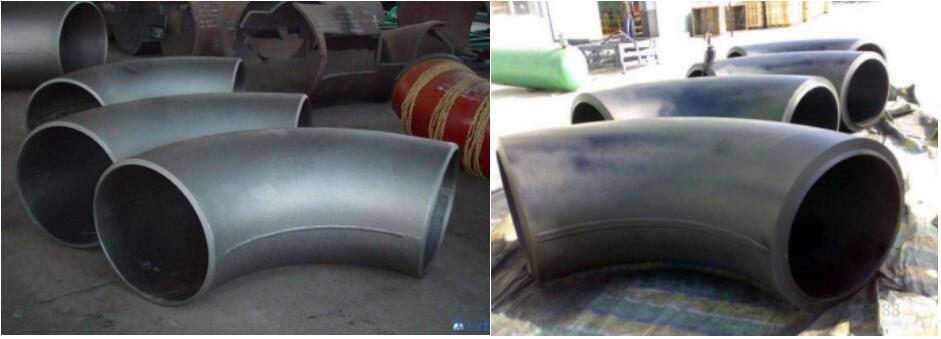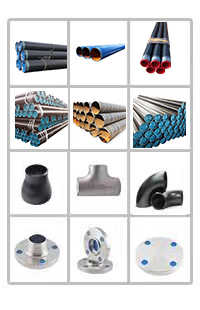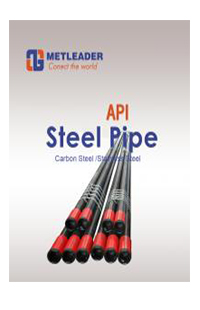Forming steps of stamping elbow
The forming process of stamping elbow is complex, which needs to be welded according to different materials and uses, and gradually formed under a certain pressure. The forming of stamping elbow needs to be carried out according to a certain process, and the corresponding process should be strictly followed, otherwise the quality problems will arise. The basic technological process of forming large stamping elbow is to weld a polygonal annular shell or a closed polygonal sector shell with two ends. When the pressure medium is filled in the shell, internal pressure is applied, and the cross section changes from polygonal to circular gradually under the action of internal pressure, and finally to a circular annular shell. This is the process of forming large carbon steel elbow.
Here are the basic steps involved in stamping an elbow:
Design and Planning: Before you start the stamping process, you need a detailed design of the elbow. This design should include specifications such as the desired angle of the bend, the dimensions of the elbow, and the type of material you'll be using. Planning is crucial to ensure the final product meets the required specifications.Material Selection: Choose the appropriate sheet metal for your project. The choice of material depends on factors like the application, required strength, and corrosion resistance. Common materials include steel, stainless steel, aluminum, and copper.
Cutting: Begin by cutting the sheet metal into the required size and shape. You can use tools like shears, laser cutting machines, or CNC plasma cutters to achieve precise cuts.
Tooling Selection: Select the appropriate stamping tooling and dies for the specific bend radius and angle required for your elbow. The tooling consists of a punch and a die set that matches the desired shape of the elbow.
Setup and Clamping: Secure the sheet metal workpiece firmly in the stamping press. Proper clamping is essential to prevent any movement during the stamping process.
Bending: Lower the punch, which is attached to the stamping press, onto the sheet metal. The press applies force to the metal, causing it to bend around the die set. The sheet metal takes on the shape of the die, forming the elbow. The exact pressure and duration of the stamping process depend on the material and thickness of the sheet metal.
Quality Control: After the stamping process, inspect the formed elbow for any defects, such as cracks, wrinkles, or uneven bends. Make any necessary adjustments to the stamping process if defects are found.
Finishing: Depending on the project's requirements, you may need to perform additional steps such as deburring sharp edges, applying coatings or finishes, or other post-processing treatments.
Testing: Test the formed elbow to ensure it meets the required specifications and quality standards. This may involve checking the dimensions, conducting pressure tests (if it's for a fluid-carrying application), or other performance tests.
Packaging and Shipping: Once the elbow passes all quality checks, it can be packaged and prepared for shipping or installation, depending on the project's requirements.









